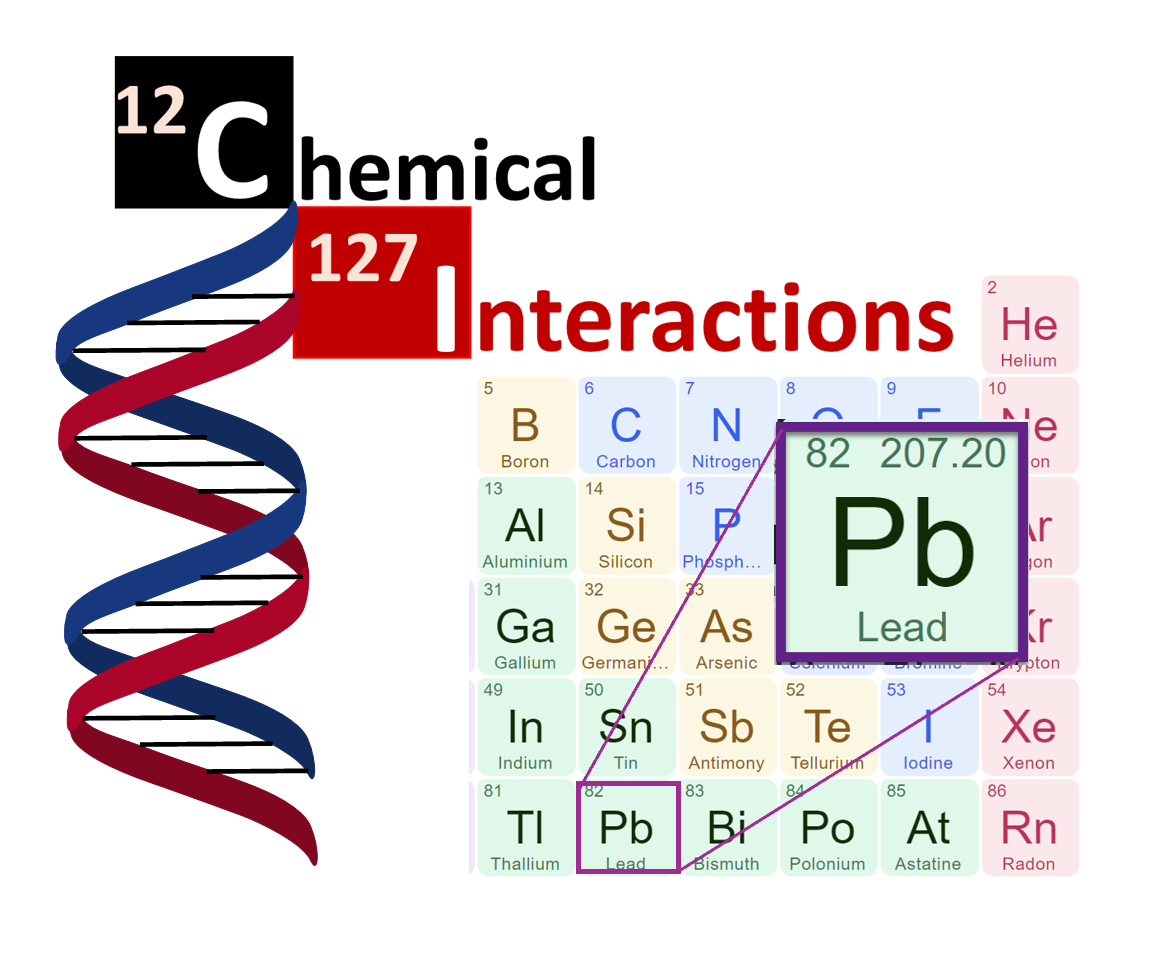Adsorption of Dyes using Hydrogel Based Composites and Nanocomposites: Mini Review
Abstract
Dye pollution poses a significant environmental threat due to toxicity and non-biodegradability of dyes. Efficient removal of dyes from wastewater is crucial and it needs considerable attention for the purpose of protecting both environment and all life forms on it. Adsorption has emerged as a promising technique, and hydrogel-based materials have garnered considerable attention as potential adsorbents. Hydrogels, with their inherent properties as high surface area, biocompatibility, and tunable characteristics, exhibit excellent potential for dye removal. Incorporating different nanoparticles, carbon, or natural polymers to hydrogel results in improving the adsorption capabilities, stability and effectiveness of these materials for dyes removal. Hydrogel-based composites offer several advantages, including ease of handling, reusability, and processability. Moreover, they can be engineered for enhanced dye removal, enabling the development of regenerative systems. This review comprehensively examines hydrogel-based adsorbents synthesis, structural characteristics, adsorption mechanisms, and performance in removing various dye types.
Downloads
Published
Issue
Section
License
Copyright (c) 2025 Chemical Interactions

This work is licensed under a Creative Commons Attribution-NonCommercial 4.0 International License.




